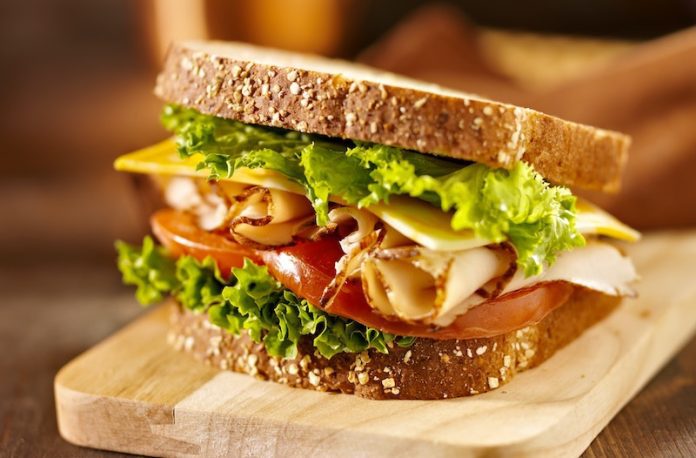
Gout is a type of arthritis that can cause sudden and severe pain, swelling, and redness in your joints, most commonly in the big toe. It occurs when uric acid crystals accumulate in your joints.
Uric acid is a natural waste product in your body, but having too much of it can lead to gout. One way to manage gout and reduce the risk of painful flare-ups is by following a low-purine diet.
In this review, we’ll explore what purines are, how they relate to gout, and how a low-purine diet can help.
Understanding Purines and Gout
Purines are natural substances found in certain foods and are also produced by your body.
When your body breaks down purines, it creates uric acid as a waste product. Usually, your kidneys eliminate uric acid through urine.
However, if your body produces too much uric acid or if your kidneys can’t get rid of it efficiently, uric acid levels can become too high. When uric acid crystallizes and deposits in your joints, it triggers gout attacks.
The Role of Diet in Gout
Diet plays a crucial role in managing gout because the purines you consume from food can contribute to elevated uric acid levels. A low-purine diet aims to reduce your intake of these purine-rich foods, which can help prevent gout flares and alleviate symptoms.
Foods to Avoid on a Low-Purine Diet
High-Purine Meats and Seafood: Foods like organ meats (liver, kidney), red meat (beef, pork), and certain seafood (anchovies, sardines, mussels) are high in purines and should be limited or avoided.
Alcohol: Alcohol, particularly beer, can increase uric acid levels. It’s advisable to consume alcohol in moderation or avoid it altogether.
High-Fructose Corn Syrup: Some studies suggest that beverages sweetened with high-fructose corn syrup may increase the risk of gout. Limiting sugary drinks is recommended.
Processed Foods: Processed foods like chips, snacks, and pre-packaged meals often contain additives and preservatives that can contribute to gout attacks. Opt for fresh, whole foods whenever possible.
Foods to Include on a Low-Purine Diet
Low-Purine Meats: Chicken, turkey, and lean cuts of pork are lower in purines and can be enjoyed in moderation.
Plant-Based Proteins: Beans, lentils, and tofu are excellent sources of protein that are low in purines.
Low-Fat Dairy: Low-fat or fat-free dairy products, such as milk and yogurt, are usually safe for those with gout.
Fruits and Vegetables: Most fruits and vegetables are low in purines and can be included generously in your diet. Cherries, in particular, have been linked to reduced gout attacks.
Research Evidence
Several studies have shown the effectiveness of a low-purine diet in managing gout:
A study published in “Arthritis & Rheumatology” found that participants who followed a low-purine diet experienced fewer gout attacks and reduced pain compared to those who didn’t follow the diet.
Research in “The New England Journal of Medicine” showed that increasing the intake of dairy products, which are typically low in purines, may lower the risk of gout.
A study in “The American Journal of Clinical Nutrition” highlighted the importance of consuming fruits and vegetables as part of a low-purine diet, as they were associated with a lower risk of gout.
Conclusion
A low-purine diet can be a valuable tool in managing gout and preventing painful flare-ups. By avoiding high-purine foods and incorporating low-purine options, you can help keep uric acid levels in check and reduce the burden of gout on your life.
Remember to consult with a healthcare provider or a registered dietitian before making significant dietary changes to ensure they are tailored to your specific needs.
Follow us on Twitter for more articles about this topic.
Copyright © 2023 Scientific Diet. All rights reserved.








